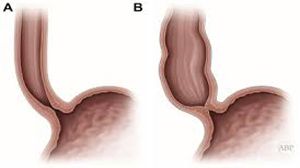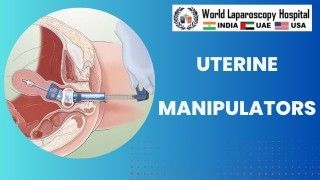Single-Port Triple Procedure: Laparoscopic Cholecystectomy, Tubal Ligation, and Appendectomy
Add to
Share
1,783 views
Report
1 year ago
Description
Single-Port Triple Procedure: Laparoscopic Cholecystectomy, Tubal Ligation, and Appendectomy Advances in minimally invasive surgery have revolutionized the field of surgery, enabling complex procedures to be performed with reduced trauma, shorter recovery times, and fewer complications. One such innovation is the single-port approach, which allows multiple surgical procedures to be conducted through a single incision. A notable example of this technique is the combination of laparoscopic cholecystectomy, tubal ligation, and appendectomy in a single-port triple procedure. This approach not only minimizes the surgical footprint but also enhances patient outcomes and satisfaction. The Evolution of Single-Port Surgery Single-port surgery, also known as single-incision laparoscopic surgery (SILS), represents a significant leap forward from traditional multi-port laparoscopic techniques. By utilizing a single entry point, typically through the navel, surgeons can access multiple abdominal organs with minimal disruption to the patient's body. This technique reduces the number of incisions required, thereby minimizing pain, scarring, and the risk of infection. The development of specialized instruments and advanced imaging systems has further propelled the efficacy and safety of single-port procedures. Laparoscopic Cholecystectomy Laparoscopic cholecystectomy is the gold standard for the removal of the gallbladder, particularly in cases of gallstones or cholecystitis. Traditionally performed through multiple small incisions, the single-port approach offers a less invasive alternative. During the procedure, the surgeon inserts a laparoscope and surgical instruments through a single incision, usually at the umbilicus. The enhanced visualization and precision provided by modern laparoscopic equipment facilitate the safe and efficient removal of the gallbladder, resulting in quicker recovery times and reduced postoperative pain. Tubal Ligation Tubal ligation, a permanent form of contraception, involves the cutting or sealing of the fallopian tubes to prevent pregnancy. When performed as part of a single-port procedure, tubal ligation benefits from the same advantages of reduced invasiveness and improved recovery. The surgeon accesses the fallopian tubes through the same single incision used for the other procedures, ensuring minimal additional trauma. This approach is particularly beneficial for women seeking permanent contraception who may also require other abdominal surgeries, as it consolidates multiple interventions into one operative session. Appendectomy An appendectomy, the surgical removal of the appendix, is often necessitated by appendicitis, a condition characterized by inflammation and infection of the appendix. Performing an appendectomy via the single-port approach reduces the typical postoperative pain and speeds up recovery compared to traditional open surgery or even multi-port laparoscopy. Utilizing the same incision as for the cholecystectomy and tubal ligation, the surgeon can efficiently excise the appendix with minimal additional operative time or complexity. Benefits of the Single-Port Triple Procedure Combining laparoscopic cholecystectomy, tubal ligation, and appendectomy into a single-port procedure offers numerous benefits: 1. Reduced Surgical Trauma: By limiting the number of incisions, the overall trauma to the abdominal wall is minimized, leading to less postoperative pain and a faster recovery. 2. Shorter Hospital Stay: Patients undergoing the single-port triple procedure typically experience a shorter hospital stay compared to those undergoing multiple separate surgeries. 3. Lower Risk of Complications: Fewer incisions reduce the risk of wound infections and other complications associated with multiple entry points. 4. Improved Cosmetic Outcomes: A single incision, often concealed within the umbilicus, results in minimal visible scarring, enhancing patient satisfaction with the cosmetic outcome. 5. Cost-Effective: Consolidating multiple procedures into one operative session can be more cost-effective for both patients and healthcare providers, reducing the need for multiple hospital admissions and anesthesia sessions. Conclusion The single-port triple procedure, encompassing laparoscopic cholecystectomy, tubal ligation, and appendectomy, exemplifies the advancements in minimally invasive surgery. This innovative approach not only streamlines the surgical process but also significantly enhances patient outcomes. As surgical technology continues to evolve, the single-port technique is poised to become an increasingly common practice, offering patients the benefits of reduced trauma, quicker recovery, and improved overall satisfaction.
Similar Videos






